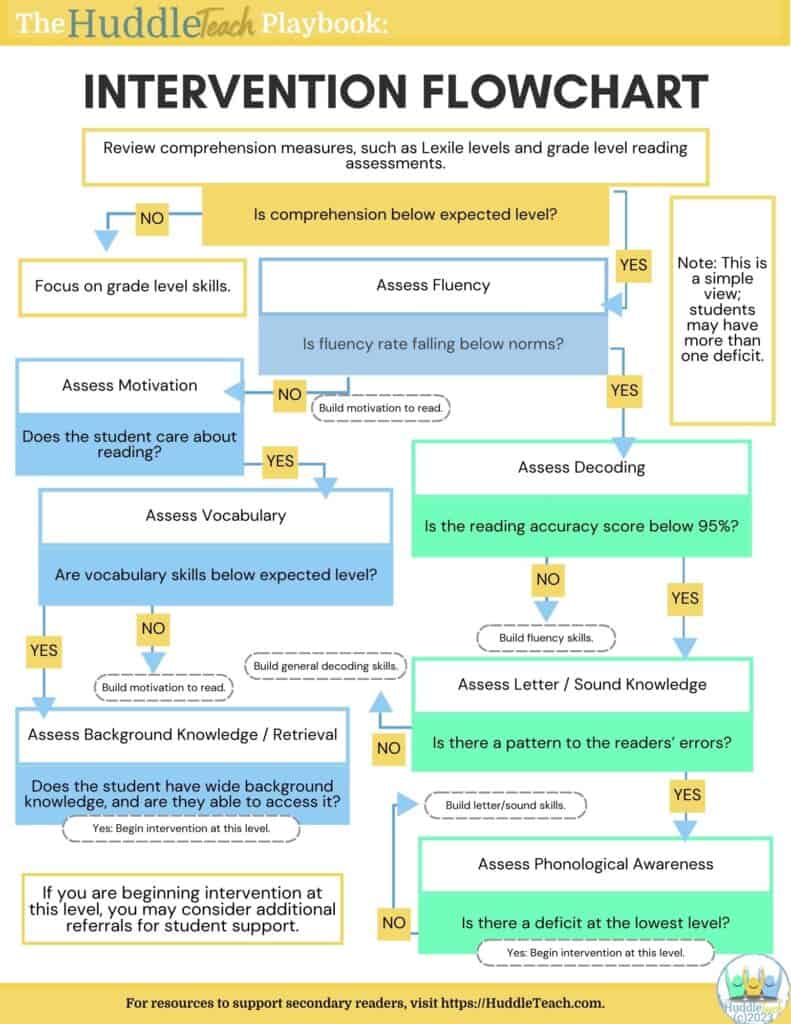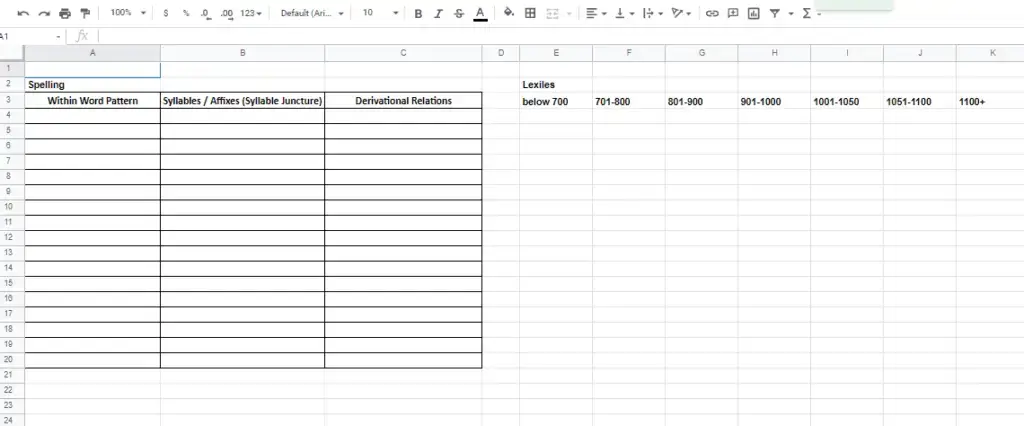Beyond the First Five Days
You have just been assigned a group of secondary struggling readers who probably failed last year’s state test. You’re expected to bring them to grade level. What do you do now? (Spoiler: Use assessments for reading specially targeted toward older readers!)

Chances are, you probably already implemented activities to promote engagement and interest, like these. You may have even followed up those first five days with stations that support focus and concentration like these.
Next Step: Determine underlying causes
Your first task is to find a starting point. Unfortunately, these secondary struggling readers do not have the luxury of time. Even more than before the pandemic, every minute matters. That means that interventions must be targeted, monitored, and modified when necessary. So how do you know which skills require intervention?
1. Analyze state test data
Whether your state administers a test based on common core or creates their own, information from the assessments for reading should take priority in your data analysis.
Use charts – either paper or digital – to indicate student needs. If you administer Texas STAAR tests, Lead4Ward has a set of grade level charts already prepared. You can find them on this tab under the column Teacher Learning Reports. All resources on this site are updated frequently and free to download.
2. Choose assessments for reading components
Implement pretests, inventories, and surveys to inventory reading skills. While there are some more robust inventories, be cautious. We believe in getting just enough information to move forward. Avoid paralysis by analysis by using short assessments that give important information. The Easy Guide to Data Collection & Response, available in our Freebie Library, contains information about assessments, an intervention flowchart, suggested instructional goals, links to free assessments, and more! (To access our Freebie Library, enter your name and email at the bottom of this page.)

If possible, obtain a Lexile level, too. State tests will often indicate this information, as will some online assessments (like iStation’s ISIP). They are helpful in determining overall reading ability and tracking progress.
Note: Lexile levels are assigned to texts to indicate difficulty. When referring to students’ reading abilities, use the language, “(The student) was able to problem-solve text to a _________ Lexile level.” Never equate a student to a reading level. For more information about Lexile levels, please visit https://Lexile.com.
Read more about CAN’Ts and WON’Ts on this blog post!
UPDATE: Are you worried students are lacking basic knowledge of letter sounds? Use this adaptation of Quick Phonics Screener to determine needs!
3. Create data pages and form groups
Just like with state test data, use a Google Sheets or Excel document to record data. Each section details an assessment for reading. Look for trends within your students. This is an example of a data sheet we use. Each student has a tab within the Excel sheet.

To efficiently instruct these students, form groups based on the results. These at-a-glance groups will help as instruction is planned.

4. Set goals with students
Secondary struggling readers need buy-in for their growth to be accelerated during this time. Explain how decoding, fluency, vocabulary, and thinking strategies all combine to create comprehension.
Hold data talks with students:
- Explain to the entire group the assessments given and the purpose behind each.
- Explain to each student privately their performance on each assessment. Be sure to be both real and positive.
- Explain the overall goal and enlist the student’s help on an intermediate goal.
Your conversation might sound like this:
Our overall goal is a Lexile level of 1080. On this test, you were able to problem-solve text to 900. It will take some practice to be able to problem-solve text to 1080, but I know if we work together, you can do it! Let’s start with a mini-goal of 950, okay? We’ll recheck in a few weeks to see if you can crush that goal!
Sometimes at this point, students will have questions about the work we’ll do. Most of their questions will contain hints of both hope and anxiousness. Reassure them that you are there to help them succeed, not to punish them for what they may not know.
To add some fun to writing goals, we always follow up our goal setting with some PrinGOOOOALS (Pringles) chips!
Next Steps
After identifying needed skills, you will go on to:
- provide instruction
- practice and review often
- reassess and celebrate
- reset goals and repeat the cycle
Do you need resources and materials for working with secondary struggling readers?
Join us by entering your name and email address. You’ll receive a weekly email full of what you need! We respect your privacy and will never sell our list.


